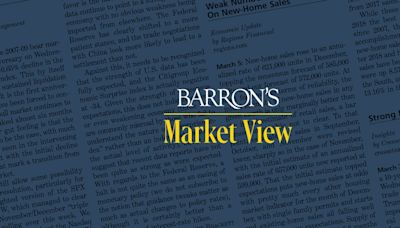Search results
People also ask
Is China a Politburo?
Is China a socialist country?
What challenges does the Chinese Communist Party face?
Does China have a Parliament?
Jun 24, 2017 · Here are 10 facts about China today that might surprise you. Whether it's renewable energy investment, supercomputers, building megacities or mobile technology, China is spreading its wings and taking flight.
Jun 24, 2019 · China is rarely out of the global headlines. From its record on renewables to gender equality, here are 10 facts about a nation whose influence reaches across around the world.
Sep 8, 2018 · The Chinese government is highly supportive of attempts to establish China as a leader in the field of artificial intelligence, but it’s not acting alone, as the private sector increasingly sees China as the best destination for investment.
- Introduction
- Xi’s Power
- The CCP’s Origins and Membership
- Power Structure
- Challenges to The Party’S Legitimacy
- International Tensions
The Chinese Communist Party (CCP) is the founding and ruling political party of modern China, officially known as the People’s Republic of China. The CCP has maintained a political monopoly since Mao Zedong founded the People’s Republic in 1949, and it has overseen the country’s rapid economic growth and rise as a global power. Chinese leader Xi Ji...
As general secretary of the CCP, Xi sits atop the party’s power structure. He is also China’s head of state as president and the head of the military. But most of his power stems from his role as general secretary because of how China’s political system works: Party institutions and state institutions are technically separate, but the ultimate powe...
Inspired by the Russian Revolution, the CCP was founded in 1921 on the principles of Marxism-Leninism. Tensions between the Communist party and the nationalist Kuomintang, its primary rival, erupted into a civil war won by the Communists in 1949. Despite market reforms in the late 1970s, the modern Chinese state remains a Leninist system, like thos...
Every five years, the CCP convenes its National Party Congress to set major policies and select top leaders. (This is not to be confused with theNational People’s Congress[PDF], which is China’s legislature.) During this time, members choose the Central Committee, which comprises around 370 members and alternates including ministers, senior regulat...
Leaders share concerns thatpublic outrage and activismover a host of issues—such as income inequality, environmental threats, land grabs, food safety, and lack of consumer protection—could threaten the party’s control and catalyze democratic social change. Economic slowdown. China, the world’s second-largest economy, has seeneconomic growth slow si...
In the early 2000s, Chinese leaders sought to assuage foreign governments by emphasizing China’s “peaceful rise.” But Xi has taken a more assertive approach, and some experts expect that his confidence will only grow during his third term. He has championed a vision for China to become a “fully developed, rich and powerful” nation with internationa...
- Lindsay Maizland
Oct 23, 2023 · How we did this. Here are 10 things to know about how the Chinese government regulates religion, from our recent report, “Measuring Religion in China.” China is pursuing a policy of “Sinicization” that requires religious groups to align their doctrines, customs and morality with Chinese culture.
The role of the government. China has been a socialist country since 1949, and, for nearly all of that time, the government has played a predominant role in the economy. In the industrial sector, for example, the state long owned outright nearly all of the firms producing China’s manufacturing output. The proportion of overall industrial ...


